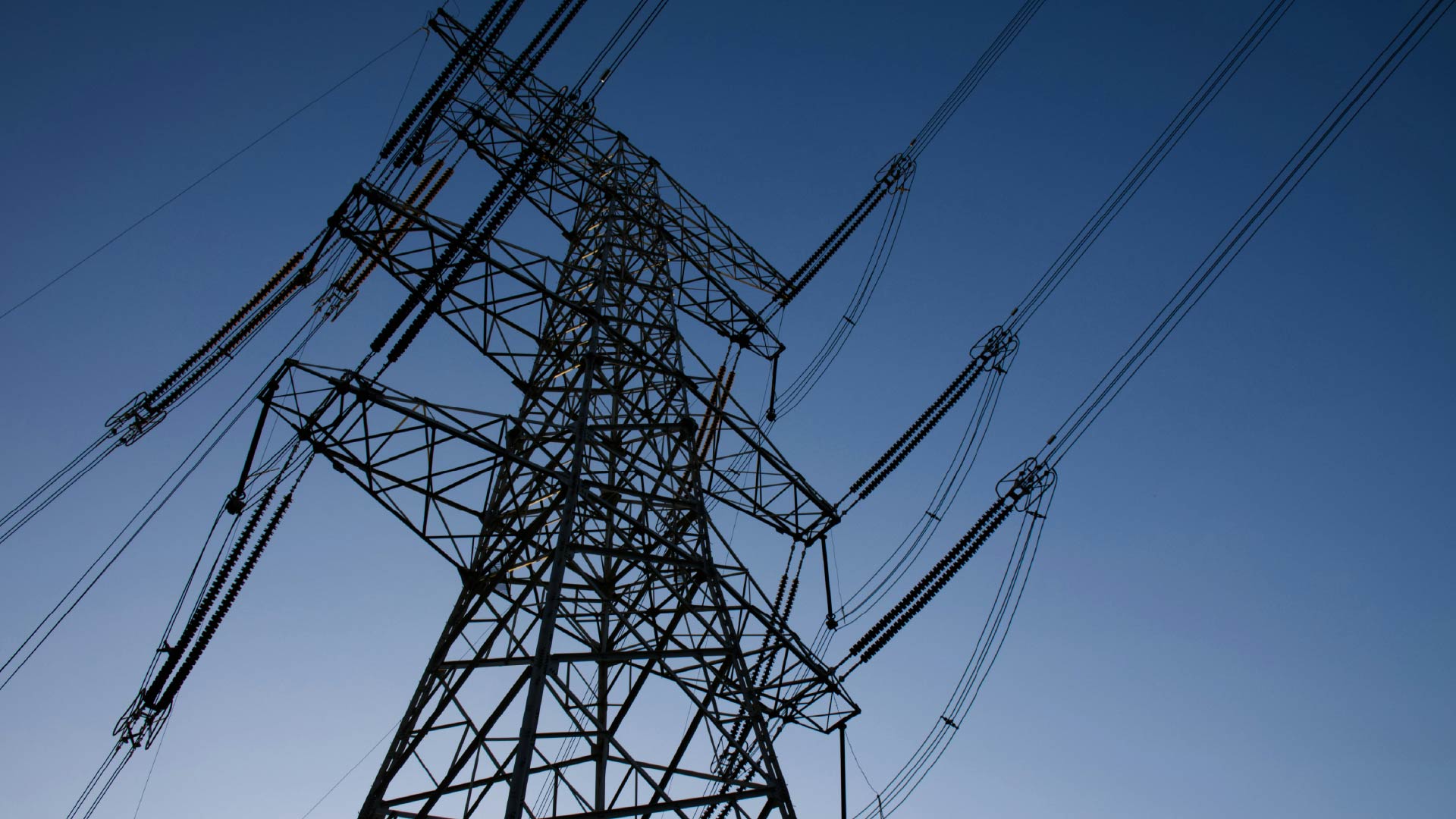Canals In Crisis: Navigating Climate Risks And Drought
A 2023 study in Nature Climate Change suggested that the impacts of extreme weather and climate-related risks on global ports and maritime supply chains put an estimated $122 billion in economic activity at risk annually. Droughts are particularly problematic for supply chains that rely on canals, as laid bare by recent issues in Panama.
Amid ongoing drought, which is expected to worsen due to El Niño conditions, lakes that supply the Panama Canal have receded drastically. This has forced the Panama Canal Authority (ACP) to reduce the number of ships that transit the canal from 38 per day to 30 or less. The ACP has also reduced the maximum transit draft in the canal (the distance between the bottom of a ship’s hull and the water line), meaning ships may have to lighten their loads to meet these new requirements. These new restrictions are proving costly. Firms are either forced to wait longer, pay extra fees to jump queues, or consider alternate routes. Alternate routes often mean longer transit times, increased fuel costs and greater greenhouse gas emissions.
Impacts of drought on canals and the shipping industry are not solely limited to reduced cargo capacity or longer waiting times. Shallower waters can be riskier to navigate, leading to accidents, damaged cargo or additional delays. Further, water sources for canals may also provide drinking water for local populations. In Panama, the lakes that supply the canal provide drinking water for half of Panama’s population and its capital city. Community leaders are having to manage the competing needs of the communities and industries using the Canal, which – according to the IMF – generates about 6% of Panama’s GDP.
These issues are not isolated to Panama, either. Other parts of the world have faced similar challenges due to droughts and heatwaves. In the summer of 2022, low water levels in the Rhine hampered transport of goods, creating supply bottlenecks. Transport along the Mississippi River experienced similar issues the same year; dredging of the river had to increase to ensure safe passage of ships transporting goods.
As global temperatures rise, droughts are expected to increase in frequency and intensity. Going forward, risk managers will need to pay increasingly more attention to supply chain risks from climate hazards. Risk managers should map their supply chains to identify where vulnerabilities lie and to understand the ramifications that any disruptions may have. To mitigate these risks, managers should consider diversifying their suppliers and transportation routes, so that events in one area do not have as significant an impact. Additionally, risk managers should invest in technology that helps monitor and predict canal water levels, or other climate hazards, so they can avoid or mitigate costly delays. Water scarcity is a global challenge, and firms should adopt sustainable practices to reduce water use in operations and supply chains, contributing to drought mitigation efforts – and building resilience in their supply chains in the process.
About The Author

Katelyn Johnson
Senior Manager




